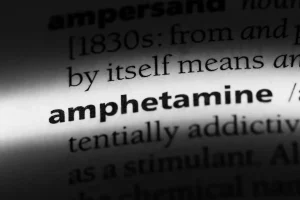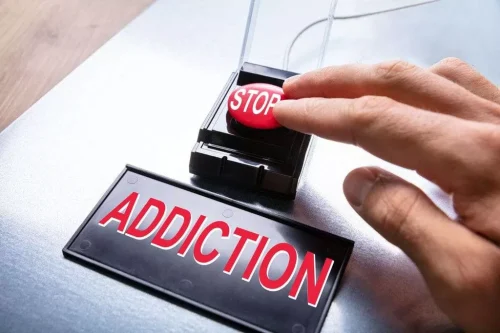
Excessive alcohol consumption can cause fat to build up in your liver. This can lead to inflammation and an increase in scar tissue, which can seriously impact your liver’s ability to function as it should. Alcoholic fatty liver disease is also called hepatic steatosis.
- If you notice that you or someone you know is bruise easily, it may be a sign of alcoholism.
- They contacted day-care staff, who suggested injuries may have been caused by the baby’s infant swing.
- They may also want to know of any medications or supplements you have been taking.
- Some people may also experience night sweats due to alcohol withdrawal syndrome or alcohol intolerance.
- Detailed definitions are presented in eTable 1 in Supplement 1.
How to treat a bruise

Fatty liver disease can also develop after binge drinking, which is defined as drinking four to five drinks in two hours or less. About 90% of heavy drinkers will develop alcoholic fatty liver disease. This article explores the early signs and symptoms of alcoholic liver disease, its stages, causes, risk factors, treatments, and prevention.
When to See a Healthcare Provider
- The size, positioning, and amount of blood vessels in your liver make it vulnerable to injury and bleeding due to blunt force trauma.
- This effect may explain why you’re waking up with bruises after drinking.
- However, even a mild disorder can escalate and lead to serious problems, so early treatment is important.
- Having a healthcare professional come to your house to assist with your needs can relieve a lot of added stress on you to keep track of your treatment plan alone.
- Hence, drinking alcohol makes it harder for your immune system to gear up and mount a defense response against invading pathogens and viruses.
Iron deficiency anemia is a frequent cause of easy bruising. This anemia can result from a variety of circumstances, including inadequate iron bruising from alcohol in your diet or chronic bleeding. Some conditions, such as pregnancy or breastfeeding, can temporarily increase the need for dietary iron.

Signs That You Bruise Easily
These disorders are rare, but they can be life-threatening if you don’t treat them. If you’re having nosebleeds for no reason, if your gums bleed a lot after you brush or floss, or if small cuts or scrapes seem to bleed heavily, call your doctor. The liver makes proteins that the blood needs for clotting, so if it’s not doing its job, you may bleed or bruise more easily. It could be a sign that you’ve got a condition called cirrhosis, which is scarring of the liver.

This Is Why You Tend To Wake Up With Bruises After A Night Of Drinking
- In our blood there are tiny particles called clotting factors and platelets; their job is to form clots only when the vessel wall is damaged (when you are wounded).
- They can be caused by several things, such as an injury, certain disorders, or certain medicines.
- Signs of a blood clot include redness and swelling that gets worse over time and pain in the limb.
- They’ll ask you questions about your family history and whether you’ve inherited a blood disorder.
- Chronic heavy drinking can cause alcoholic hepatitis, which is the inflammation of your liver.
- Some over-the-counter medicines such as aspirin, non-steroidal anti-inflammatory drugs (like ibuprofen), Plavix® (clopidogrel) and blood thinners (like Coumadin®) can increase your tendency to bruise.
In this condition, the body makes too much of a hormone called cortisol. Cushing’s is most often caused by long-term use of corticosteroid medications, but it can also be caused by a tumor. Easy bruising can indicate low iron levels, however, other deficiencies, medical conditions, medications, herbs, and supplements may be responsible for unexplained or low trauma bruising. The size, positioning, and amount of blood vessels in your liver make it vulnerable to injury and bleeding due to blunt force trauma.
Partial facial numbness after drinking alcohol.
But if you often drink a lot of alcohol and you tend to get a lot of bruises, it may mean you’ve got liver problems. Be prepared to provide your personal and family health history as well as a list of medications and dietary supplements. Inflammatory breast cancer can look like bruising on the breast. Inflammatory breast cancer may not involve lumps like other types of breast cancer.
On people with lighter skin tones, bruises may start out red or purple soon after the injury, then turn light brown, green, or yellow as they heal. On people with darker skin tones, bruises can look purple, dark brown, or black. Anytime you experience a minor injury or accident that damages the skin, it affects the blood vessels below the surface of your skin.
Top Swiss Rolex Replica Watches UK Online Store For Women. Buy Cheap rolex Explorer replica For Free Shipping.
